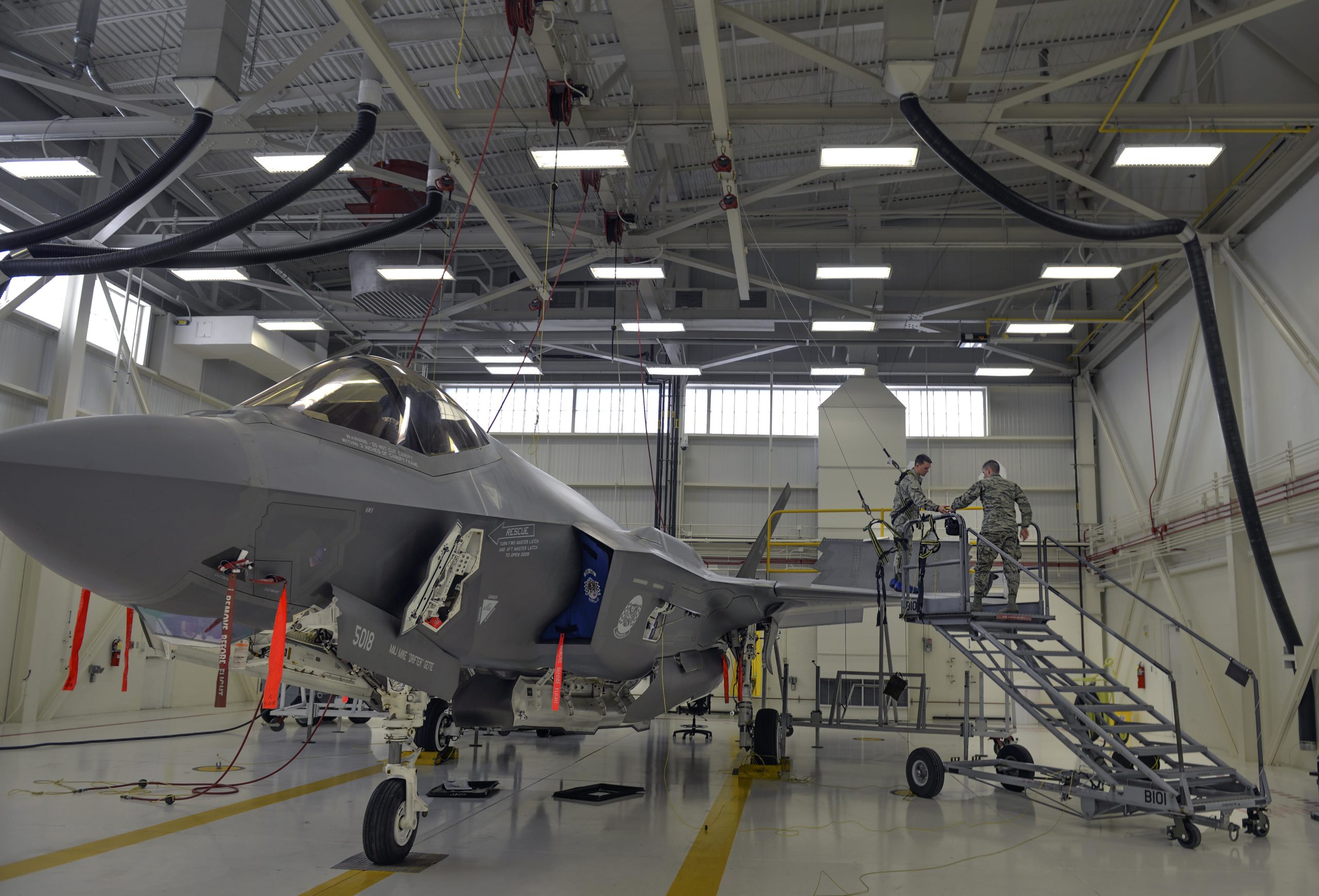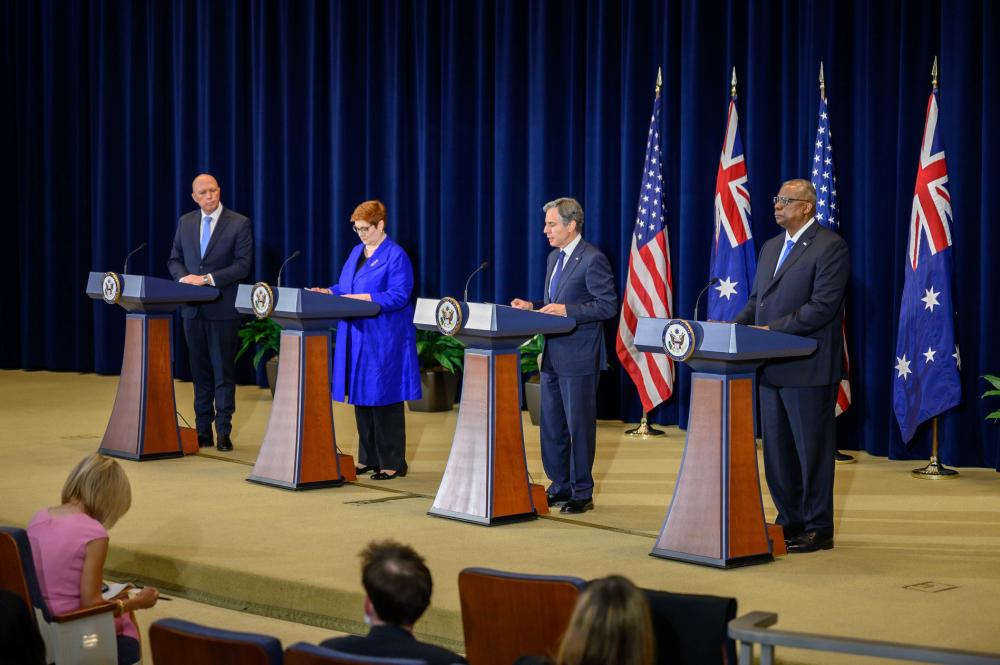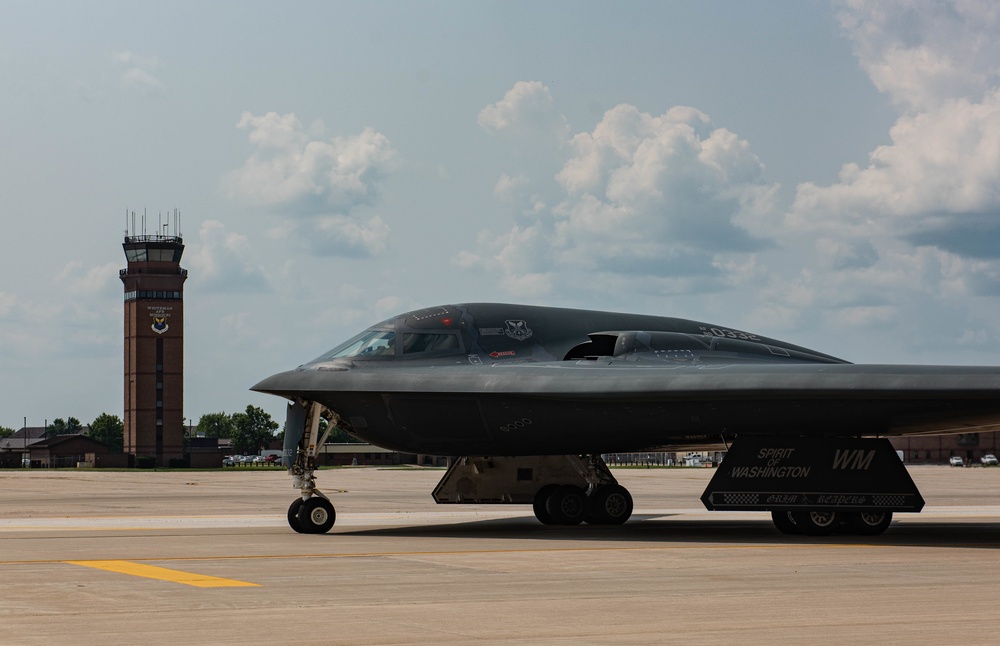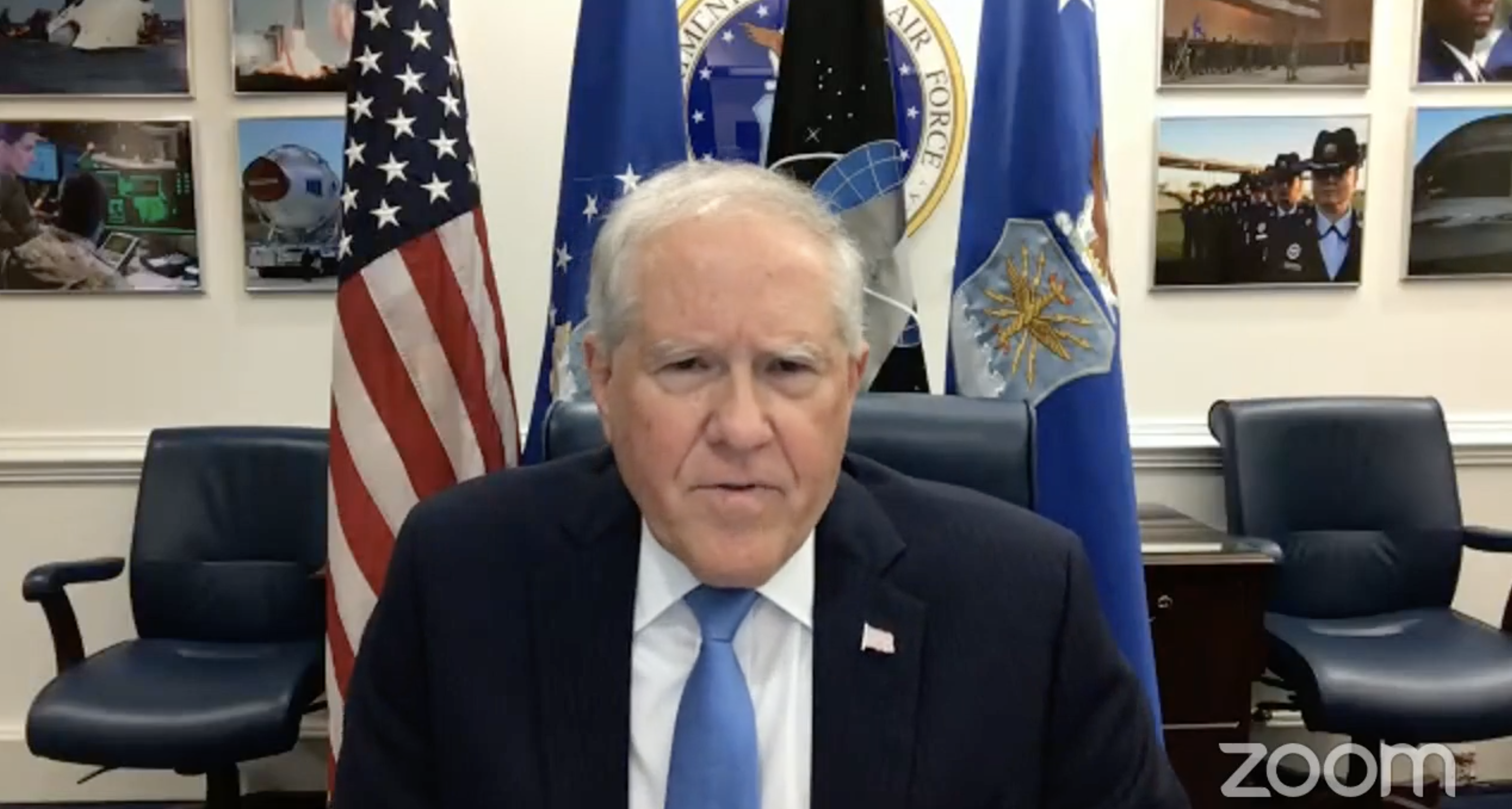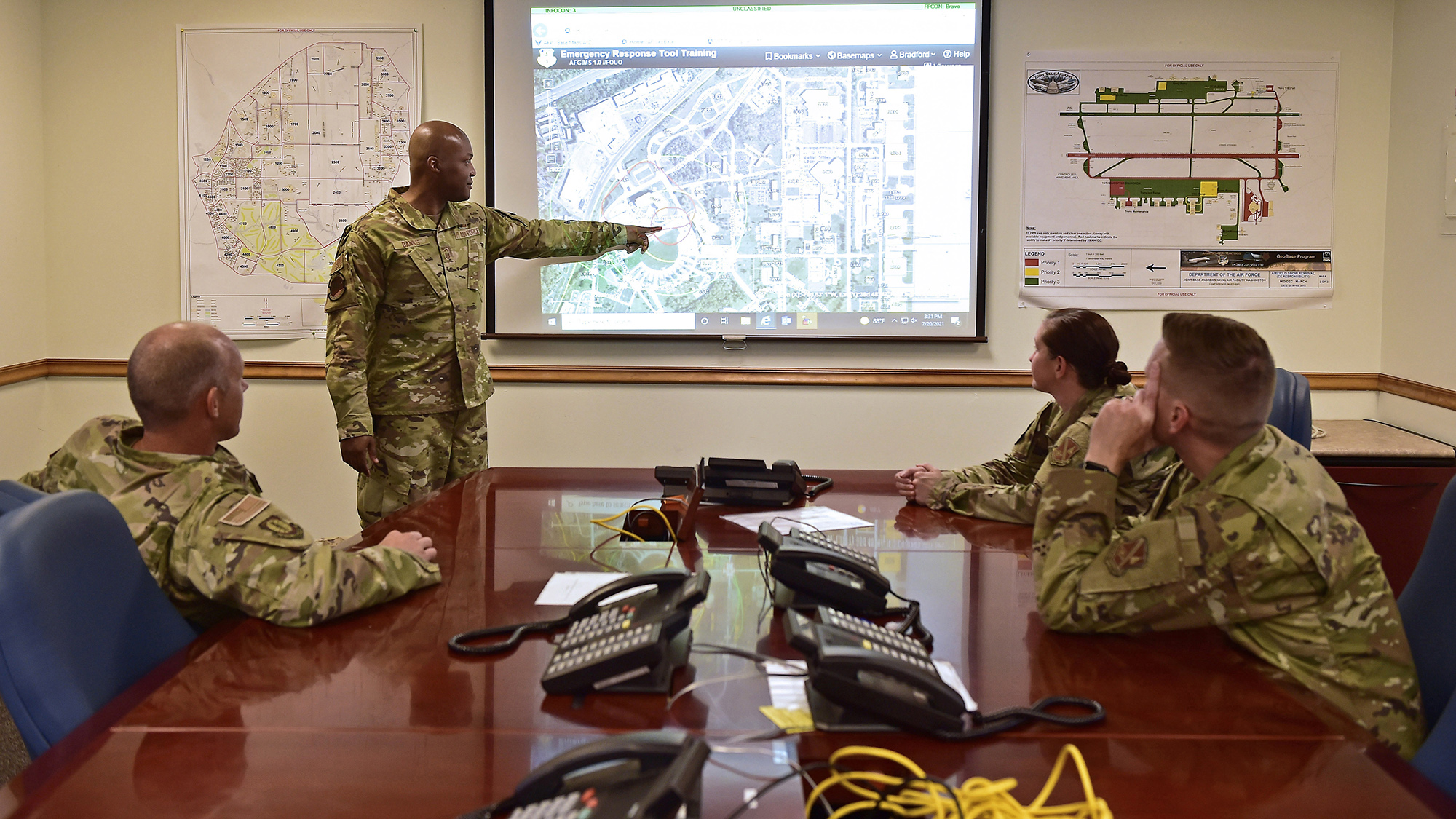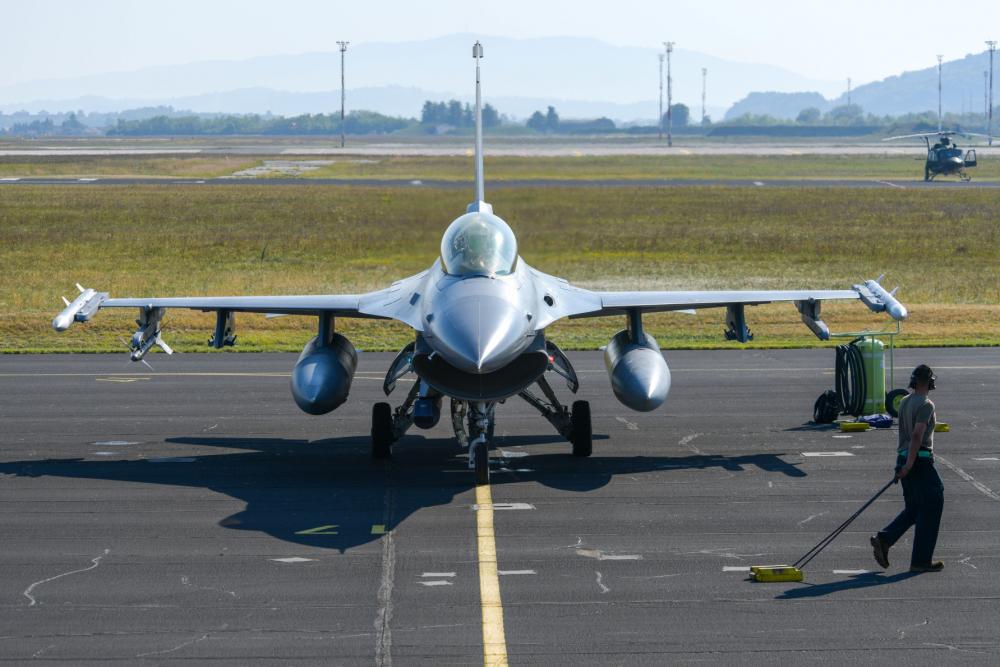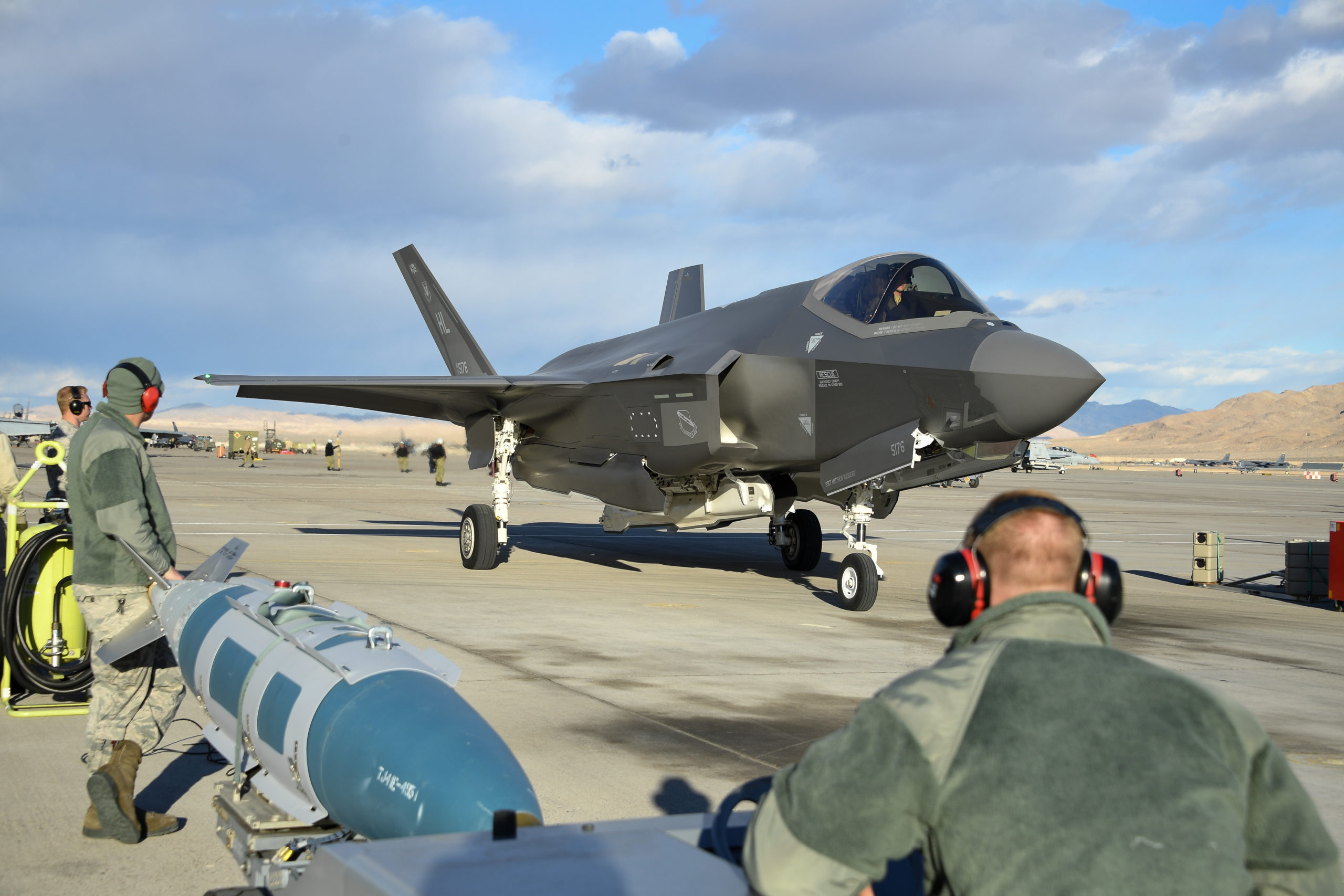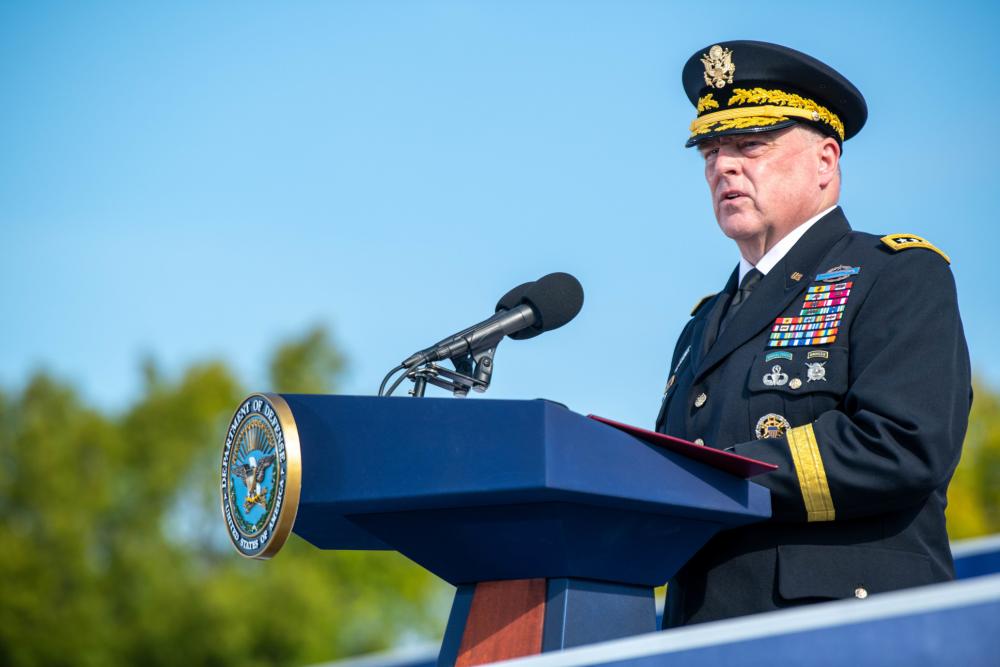The Air Force’s 12 Outstanding Airmen of the Year for 2021 will be formally recognized at AFA’s Air, Space & Cyber Conference from Sept. 20 to 22 in National Harbor, Md. Air Force Magazine has highlighted one each workday through today, the beginning of the conference. Today, we honor Senior Master Sgt. Mark Schneider, a paving and construction senior enlisted leader with the Air National Guard’s 200th RED HORSE Squadron at Camp Perry, Ohio.
Schneider led a team of 109 people tasked with delivering a $160 million life support area in support of Operation Inherent Resolve.
Supervising the foreign operating base buildout, he streamlined the delivery of 17 construction projects, providing bed down for 3,000 personnel and three combatant commands. His knowledge and experience expedited the multinational acquisition of $3.2 million in project materials, accelerating the $13.1 million project portfolio two months ahead of schedule.
He steered the construction of two airfield upgrade projects supporting 49 aircraft valued at $25 billion; and spearheaded an NCO leadership course, instructing 37 personnel, amplifying a squadron leadership expertise.
“I had a lot of good influences over the years,” said Schneider in an ANG release. “They’ve tailored me and took me under their wing to prepare RED HORSE for the future, and I’m looking to do the same thing for my fellow Airmen.”

Read more about the other Outstanding Airmen of the Year for 2021:

